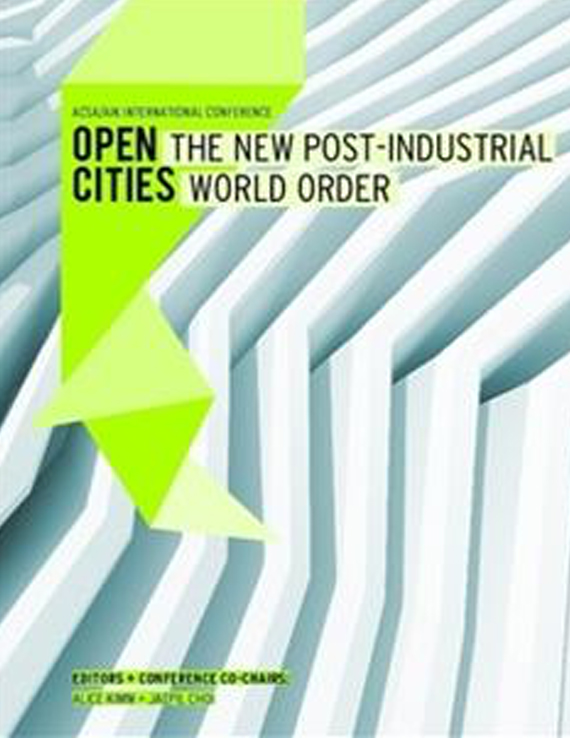Author(s): Joongsub Kim
This paper proposes nine contemporary practice models in architecture as a frameworkfor discussion about expanding the architectural profession in response to significantcontemporary social, economic, environmental, political, and technologicalchallenges. These models are also proposed in response to a growing call for community-profession partnerships, as well as calls for repositioning the profession andasserting the relevance of the profession. These nine partially overlapping models,selected via literature review, case studies, and interviews, include Design as PoliticalActivism, Open Source Design, Advocacy Design, Social Construction, Collective Capability,Participatory Action Research and Practice, Grassroots Design Practice, ProBono Design Services, and Architect-Facilitator. It is hypothesized that a set of thesenine models is one way to represent practices that are often regarded as a non-conventionalmanifestations of architectural practice. These nine models also serve as aframework to examine public interest design (PID) that has received much attentionfrom the public, the profession, and academia. Although at least some aspects of PIDare considered as non-conventional practice, PID has been gaining popularity especiallyamong young architects in recent years. This research is based on a pilot studythat used in-depth literature review, case studies, and interviews with architecturalstudents and practitioners in the USA to comparatively examine the aforementionednine proposed models of Public Interest Design Practices and Research (PIDPR), focusingon key characteristics (e.g., roles of key players, process, project outcomes), aswell as strengths and weaknesses of each model. In this paper, PIDPR is proposed asan approach to advance research on PID, building on its past accomplishments andupon lessons learned from other disciplines. The results of the study suggest that examiningthe nine models (and it is acknowledged that variations of them or differentnames for them are possible) can serve as a tool to assess whether any given practiceis considered truly public interest design or not. Also the nine models help examinethe characteristics of various approaches to public interest design and the diverseroles that architects may play in the practice of PID. Moreover, PIDPR researchers canuse these nine models as a framework to examine the boundaries of conventional architecturalpractice. Despite some challenges (e.g., lack of market, lack of resources,etc.) facing the implementation of some of the nine proposed models, they can helpclarify the status, position, and contribution of public interest design to architecture,and help advance PID through more rigorous applied or empirical research. The ninemodels can also help provide a framework of conversation about ways in which architecturecan be enriched and expanded, and how it can help create new opportunitiesin the architectural profession and in academia to deal more effectively with increasinglycomplex changes and challenges in social, economic, environmental, political,and technological contexts, both locally and globally.
Volume Editors
Alice Kimm & Jaepil Choi
ISBN
978-0-935502-91-6

 Study Architecture
Study Architecture  ProPEL
ProPEL 
